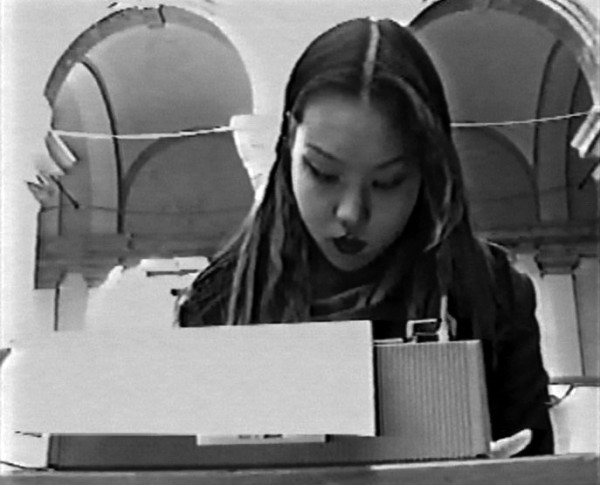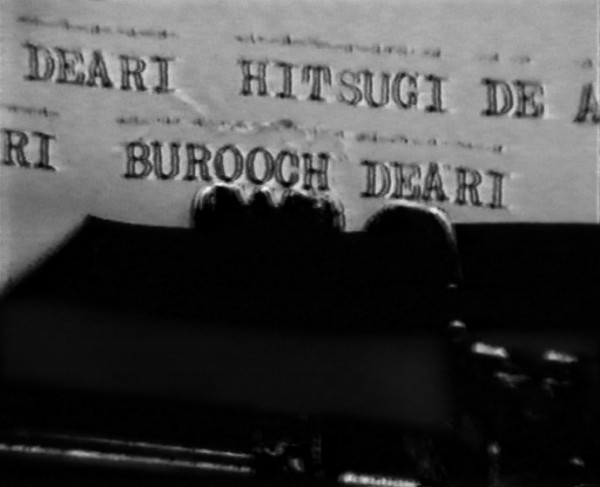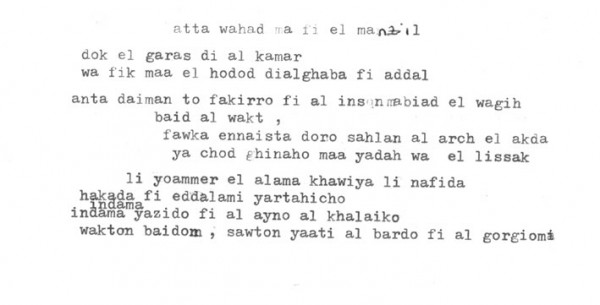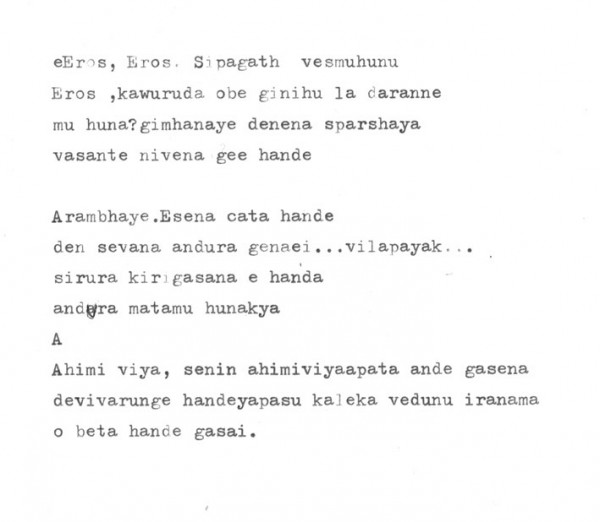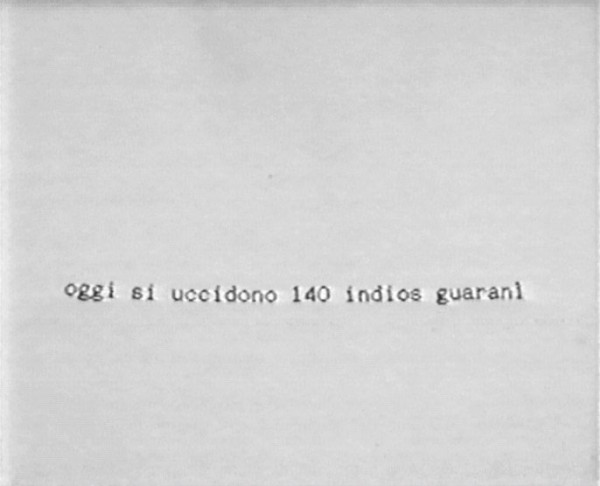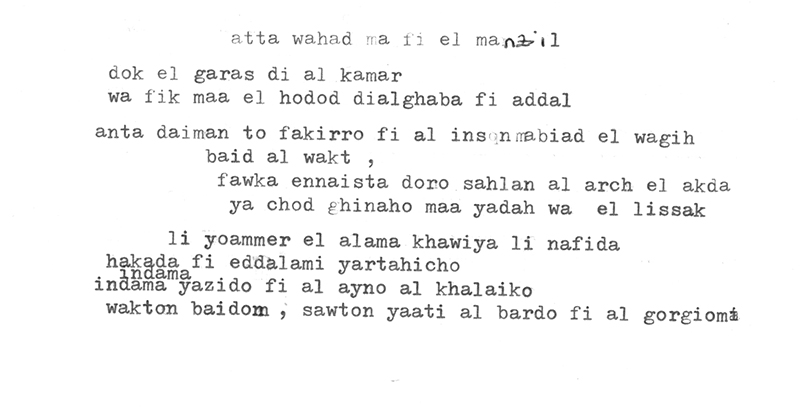Read the whole article
Nachdichten
It’s another performance based on silence, NACHDICHTEN(1994), which expresses the respect and mourning for a community that has inflicted death upon itself: 140 Brazilian Indians form the Guarani Kaiowa community in Jaguapire, Sao Domingos on the Mato Grosso, unanimously announced the decision to take their own lives following the federal judge’s sentence binding the Indios to give their land over to the fazenderos. When the news came out, Mauro Folci created this performance to be staged on the same day in which the indios were to commit suicide, in the courtyard of the Accademia di Belle Arti in Brera, where he was teaching at the time. In the text presenting NACHDICHTEN(a German term which means ‘to translate’) the artist reports that according to some recent studies, most cases of suicide amongst the youth of the Kaiowa tribe are amongst those who have scarcely been in touchwith whites and are between the ages of ten to seventeen, when the shaping of identity is at a particularly delicate phase: It is the time when one’s voice breaks. These tribal groups equate the voice with the soul: the way they kill themselves through hanging, asphyxia or poisoning, all involve the throat and leads us to consider the deep connection with breathing and air, a symbolic and archetypical theme, ‘the aerial element as the substance of the ascentional scheme itself. (G. Durand) The mass suicide planned by the Guaranì community was to be committed through suffocation. Theperformance was thus devoid of any words, faithfully adhering to the silence which death by suffocation brings forth. The participants were chosen uniquely amongst students from developing countries. Aperson standing within a crocodile shaped outline made up of a variety of objects suchas pebbles,pieces of plastic,tools,pieces of chalk and wood,distributes leaflets where it is written ‘Today 140 Guarani Indios have killed themselves’. A black rubber bird that can be unfolded like a travel size mandala is placed near the first shape by the entrance, with a stove, a chair, a desk with a typewriter and a book of poems by Rilke on it. Foreign students take turns to sit at the type writer and translate fragments of Rilke’s poems.
As Folci explains: through recourse to performance, this work establishes a close relationship with a news item through acting on coincidence, on the contemporary, by creating a temporal junction that amplifies the profoundly tragic sense grafted on the collective dimension of the here and now. (Folci, 1994)
In his text about this performance Mauro Folci quotes a passage from a letter that Marina Cvetaeva wrote to Boris Pasternak, about translating Rilke’s poems: Today I want Rilke to speak through me. In everyday language this is called translation (how much better the Germans put it – Nachdichten! Follow a poet’s footsteps, fraying a path which he first frayed. So that if nach means ‘after’, dichten is that which always exists again, one more time. Nachdichten: to fray anew a path on footsteps that grass invades instantly). But ‘translate’ has another meaning. Translating not only into (into Russian, for instance), but also across (the river). I will translate Rilke into the Russian tongue, as he will some day tran-
slate me to the other world. (Cvetaeva, 1980) It is this sense of betrayal and of crossing implicit in translation that fascinates Mauro Folci. The students’ translations of Rilke’s poems did not follow the usual logic path of a translation from one language to another; it happened through a visual representation of sounds, a ‘phonetic transcription’ which produced a sort of intermediary language whose signs did not convey meaning but created an ideal link with the indio’s tragic destiny. The phonetic transcription brings about the implicit betrayal of translation. Through Rilke and a betrayal
of this paradoxical figure, at one and the same time a supreme poet and the child of an ethnocentric culture, Folci’s performance is not meant to represent the tragedy, but to present the critical situation revealed by the violence of the
capitalist fazenderos’ interests on the indigenous population’s right to a territory where they live.
It’s another performance based on silence, NACHDICHTEN(1994), which expresses the respect and mourning for a community that has inflicted death upon itself: 140 Brazilian Indians form the Guarani Kaiowa community in Jaguapire, Sao Domingos on the Mato Grosso, unanimously announced the decision to take their own lives following the federal judge’s sentence binding the Indios to give their land over to the fazenderos. When the news came out, Mauro Folci created this performance to be staged on the same day in which the indios were to commit suicide, in the courtyard of the Accademia di Belle Arti in Brera, where he was teaching at […]





